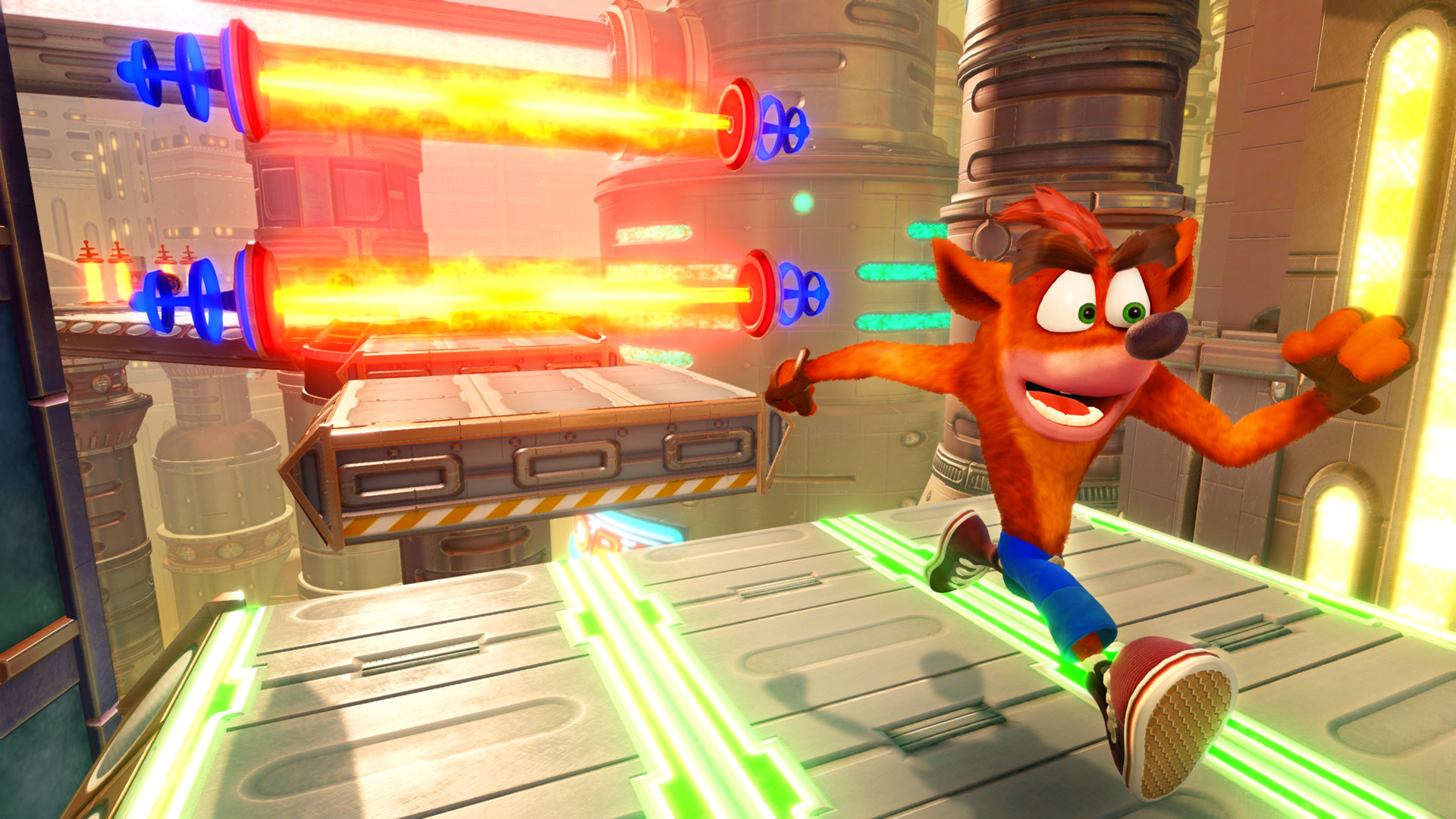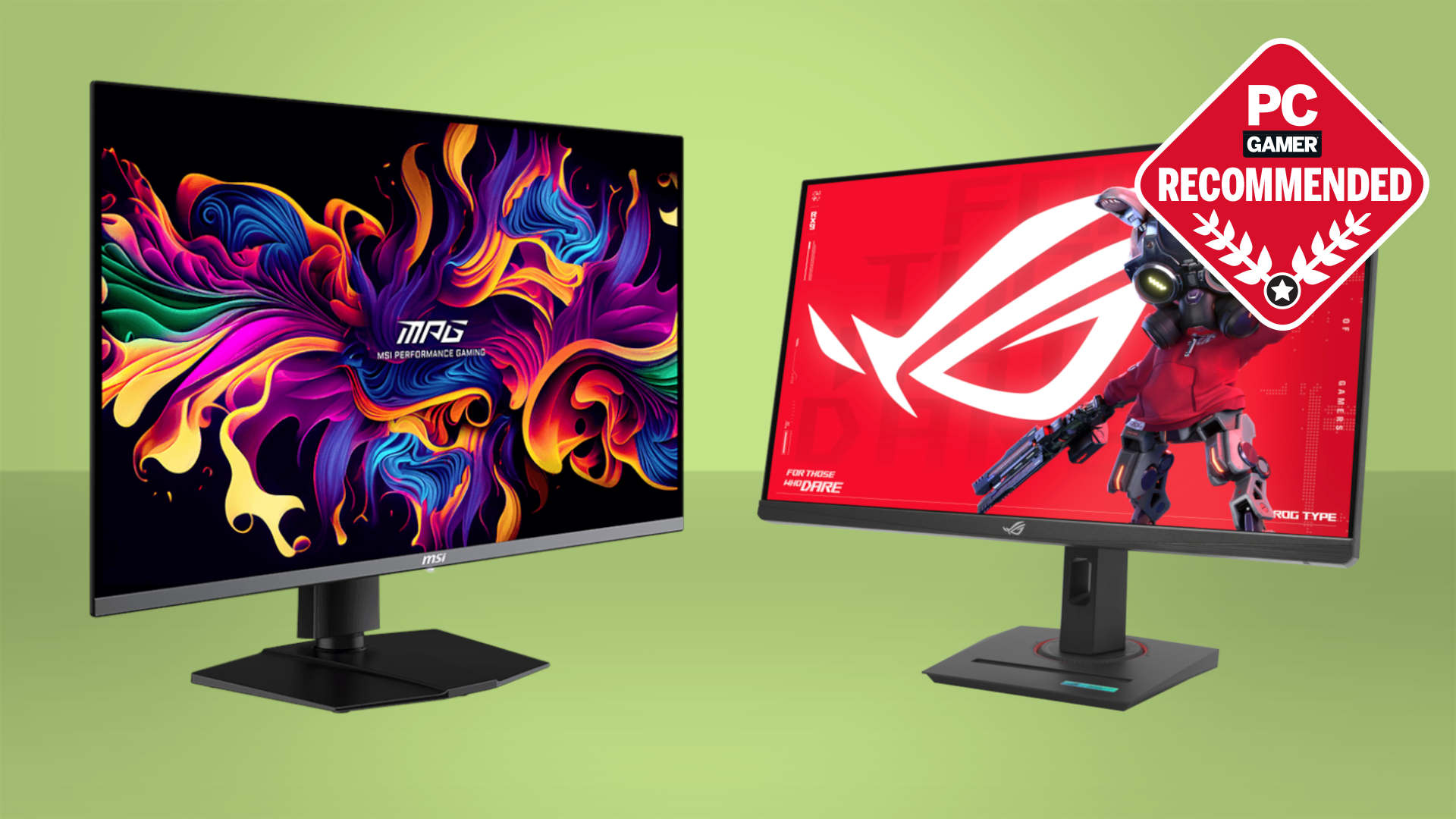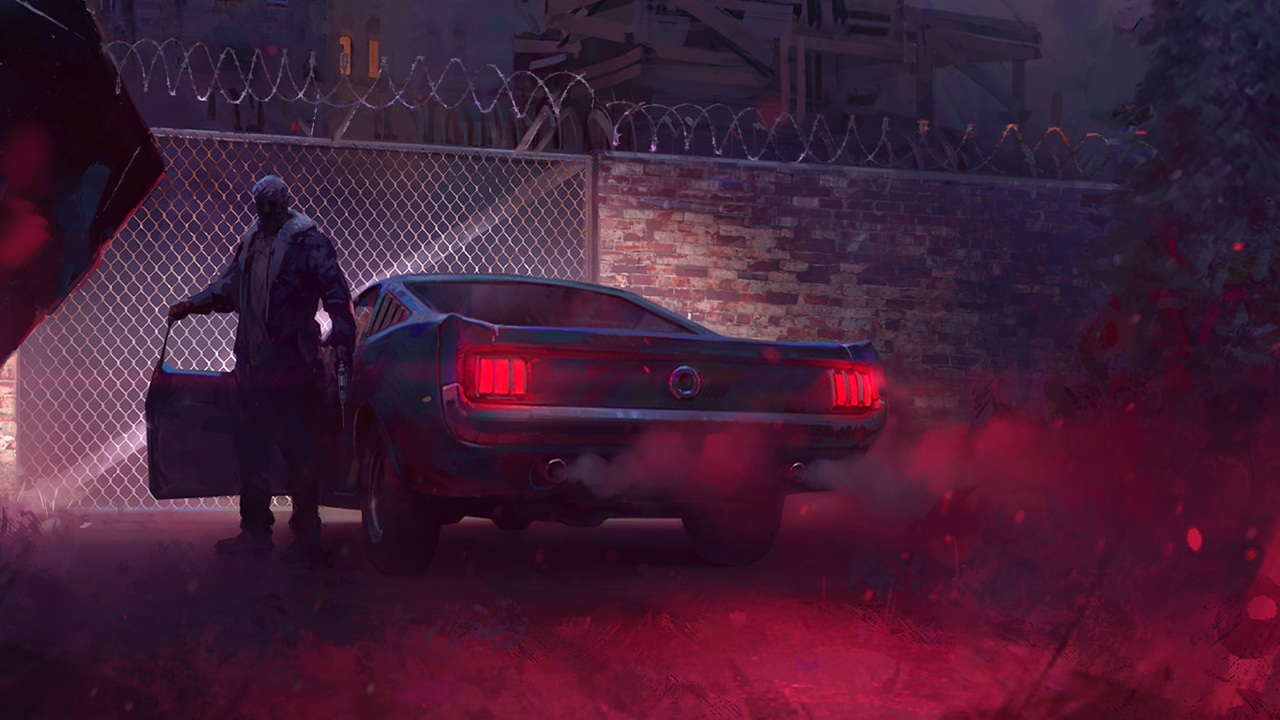
Crash Bandicoot's overhauled N. Sane Trilogy was generally well received when it released back in 2017, and marked the first time that PlayStation's jorts-clad mascot somersaulted onto PC. But there has long been suspicion that something ain't right with Crash's jumping in Vicarious Visions' remake, with numerous Reddit threads complaining that the game's platforming is weirdly trickier than it was back in the PlayStation era.
Various theories have been floated regarding why this might be the case. User Kunikunatu suggested it could be due to changes to Crash' hitbox a few years ago, and back when the N. Sane Trilogy launched, KillingLechu pondered whether its "hold X to jump higher" mechanic might be "a little bit overworked."
Well, it turns out that KillingLechu may have been onto something, if the words of Naughty Dog co-founder and original lead programmer Andrew Gavin are anything to go by. In a post on LinkedIn, Gavin wrote that the Crash Bandicoot remake "got almost everything right. Except the most important 30 milliseconds."
"When they remade Crash, they nailed the visuals. Looked great, faithful to the original, kept the spirit," Gavin writes in praise of Vicarious Visions' remake. And it's right after this where he reveals the pit-trap. "Then they completely botched how jumping works."
Gavin explains that the reason the N. Sane Trilogy's jumping feels off relates to how the game was programmed to function on the PS1. "On the original PlayStation, we only had digital buttons—pressed or not pressed," he writes. For Crash Bandicoot, he notes that "players needed different height jumps, but we only had binary inputs."
To address this, Gavin says Naughty Dog devised what at the time was a novel solution. "The game would detect when you pressed jump, start the animation, then continuously measure how long you held the button. As Crash rose through the air, we'd subtly adjust gravity, duration, and force based on your input."
This is the "hold X to jump higher" system observed by KillingLechu. But the crucial point is that the system isn't binary, i.e. press button for small jump, hold button for big jump. "I[t] interpreted your intent across those 30-60 milliseconds and translated it into analog controls using digital inputs."
Keep up to date with the most important stories and the best deals, as picked by the PC Gamer team.
Gavin reckons that Vicarious Visions either "didn't notice this system or thought it wasn't important" and ploughed ahead without it. "Then [they] realized Crash couldn't make half the jumps in the game. Their solution was to make all jumps maximum height."
In other words, Vicarious Visions turned the jumping into a binary system, precisely what Naughty Dog strove to avoid almost thirty years ago. "Now every jump on the remake feels huge and floaty" Gavin points out, "The game's fundamental jumping mechanics feels worse than the 1996 original despite running on hardware that's 1000x more powerful."
PCG alumnus Andy Kelly wasn't enthralled by Crash's PC debut in his Crash Bandicoot: N. Sane Trilogy review, writing that "there's fun to be had here, but also a lot of frustration as you wrestle with design decisions that were made over two decades ago." Developer Toys for Bob did a decent job refining the platforming for 2020's Crash Bandicoot 4, the last game the studio made before being spun off from Activision last year.
Best laptop games: Low-spec life
Best Steam Deck games: Handheld must-haves
Best browser games: No install needed
Best indie games: Independent excellence
Best co-op games: Better together
Rick has been fascinated by PC gaming since he was seven years old, when he used to sneak into his dad's home office for covert sessions of Doom. He grew up on a diet of similarly unsuitable games, with favourites including Quake, Thief, Half-Life and Deus Ex. Between 2013 and 2022, Rick was games editor of Custom PC magazine and associated website bit-tech.net. But he's always kept one foot in freelance games journalism, writing for publications like Edge, Eurogamer, the Guardian and, naturally, PC Gamer. While he'll play anything that can be controlled with a keyboard and mouse, he has a particular passion for first-person shooters and immersive sims.
You must confirm your public display name before commenting
Please logout and then login again, you will then be prompted to enter your display name.



